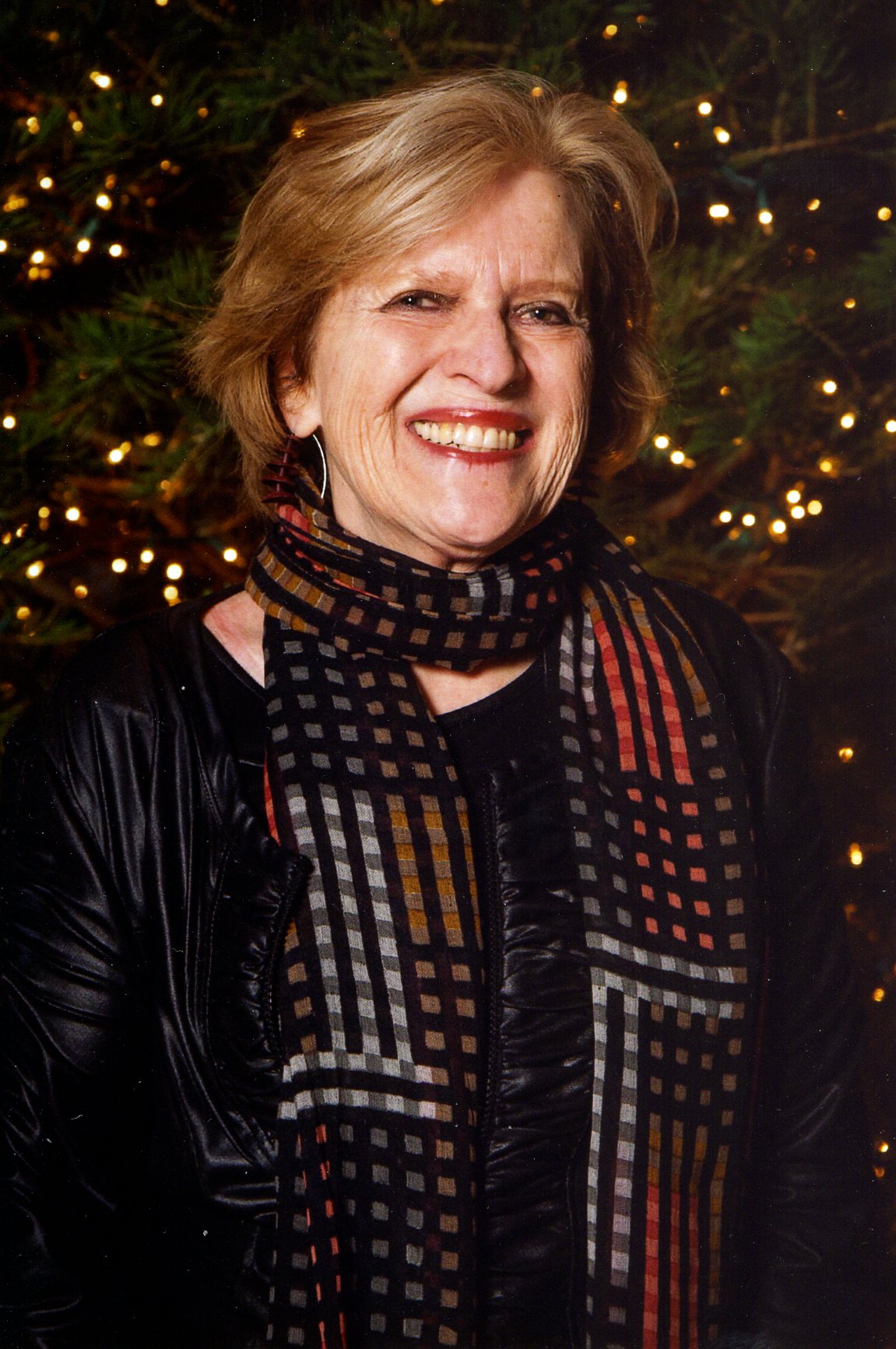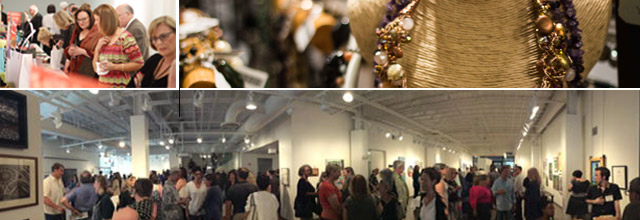The Dark Side of the Eiffel Tower
Watch the Lecture Recording Here
This lecture is a part of the ongoing EAC series, "In Focus." "In Focus" features a variety of talks and presentations by artists, art professionals, historians and more!

This lecture is drawn from Hollis (Holly) Clayson’s current book which examines forgotten and
suppressed meanings once carried by the Eiffel Tower. When the 1000-foot iron colossus arose
in Paris in 1889, it was the tallest structure on earth, and the centerpiece of that year’s vast
World’s Fair (Universal Exposition) which marked the 100 th anniversary of the French
Revolution. Beloved and wildly popular today, it was controversial and surprising in many ways
when it was new.
Clayson specializes in the study of Paris-based art practices of the 19th century and has lectured
about them around the world. She taught Art History at Northwestern University for thirty-five
years, advising many students, and winning many teaching awards and fellowships along the
way. She is currently Professor Emerita of Art History and Bergen Evans Professor Emerita in
the Humanities at Northwestern. Her books include Painted Love: Prostitution in French Art of
the Impressionist Era (1991), Paris in Despair: Art and Everyday Life Under Siege (1870-71)
(2002), Is Paris Still the Capital of the Nineteenth Century? Essays on Art and Modernity, 1850-
1900 (2016), co-edited with André Dombrowski, and Paris Illuminated: Essays on Art and
Lighting in the Belle Époque (2019). An important fact: she is a Printmaking and Drawing
student at the Evanston Art Center.


